It’s a normal Monday morning. Fresh cup of coffee in hand, you fire up your computer and casually check last week’s sales results. WHAT. THE. COMP. How am I down 30, 40, 50% vs. last year? After your heart rate returns to normal and you clean up the coffee you just spilled all over your keyboard, you remember back to early March 2020. The mayhem. The empty shelves. The black-market toilet paper. COVID comps are here, and they’re not going away any time soon.
Whew. Ok, at least now you know why your sales are down year-over-year, but now what? Well, there’s a decent chance your sales are going to be down for the next few weeks, maybe even months (of course, this is highly variable based on your categories and how your business was impacted by COVID). For many suppliers, COVID-19 started with the massive shelf-clearing run on products and was promptly followed by prolonged out of stocks due to disrupted supply chains.
We are confident that if you properly consider some of the following factors, you’ll be able to weather the turbulence of the next few weeks (or months… or years…):
Historical sales trends
This might be the best way to get a true sense of your ‘baseline’ business. If your category normally begins to slow in Spring but hit an unexpected surge because of COVID (ahem, canned soup), historical seasonal category trends will be your guide. Another key consideration – did you pick up additional business just by being in-stock when your competitors were out of stock? Did certain products in your portfolio uniquely benefit because of switching or stockpiling? Be sure to consider full context when looking at the data.
In-stocks / inventory pipeline
While some suppliers continue to be hampered by inventory and supply chain challenges, many suppliers are now (mostly) on the other side of the shortages. If your business has benefited from continued heightened demand, it will be important to look at recent trends and inventory positions to ensure your in-stocks remain strong.
Macro trends
Daily vaccinations are on the rise, states are further easing restrictions, and there’s another stimulus package on the horizon. Your business might experience a headwind or a tailwind. For example, if your business has been strong as more people are eating at home, restaurants opening back up might dampen some of your recent strength. Be sure to look beyond POS data to understand and forecast business impact.
In all of this, there’s a healthy measure of approximation and grace. We’ll get through the comps. We’ve come this far, right?
If you’re struggling with your Walmart comps in 2021 reach out to me to start a conversation jrichardson@harvestgroup.com or fill out our Contact Us form.


